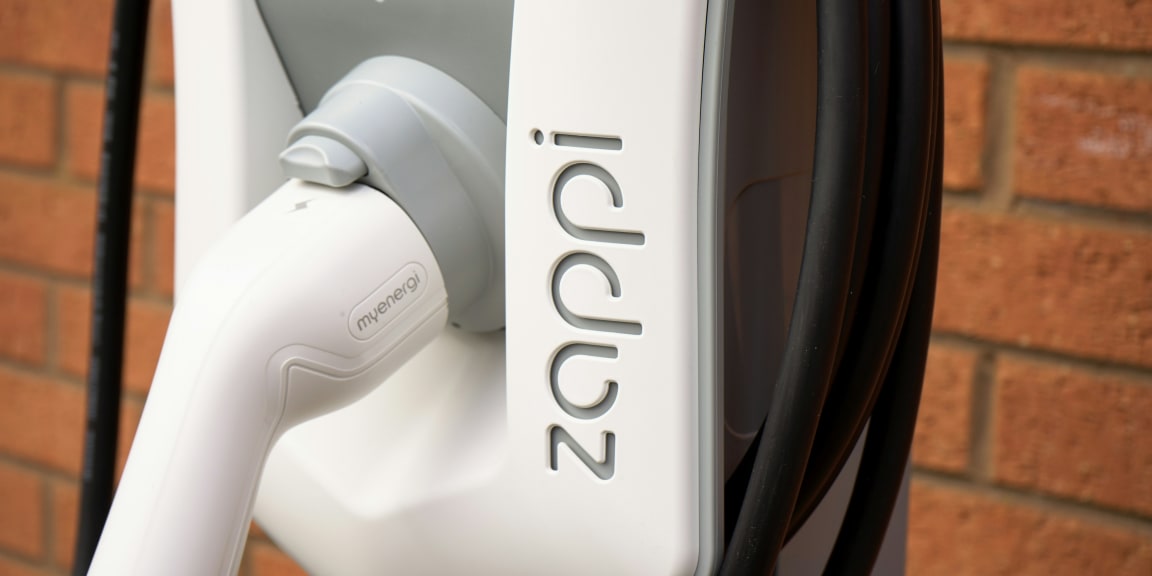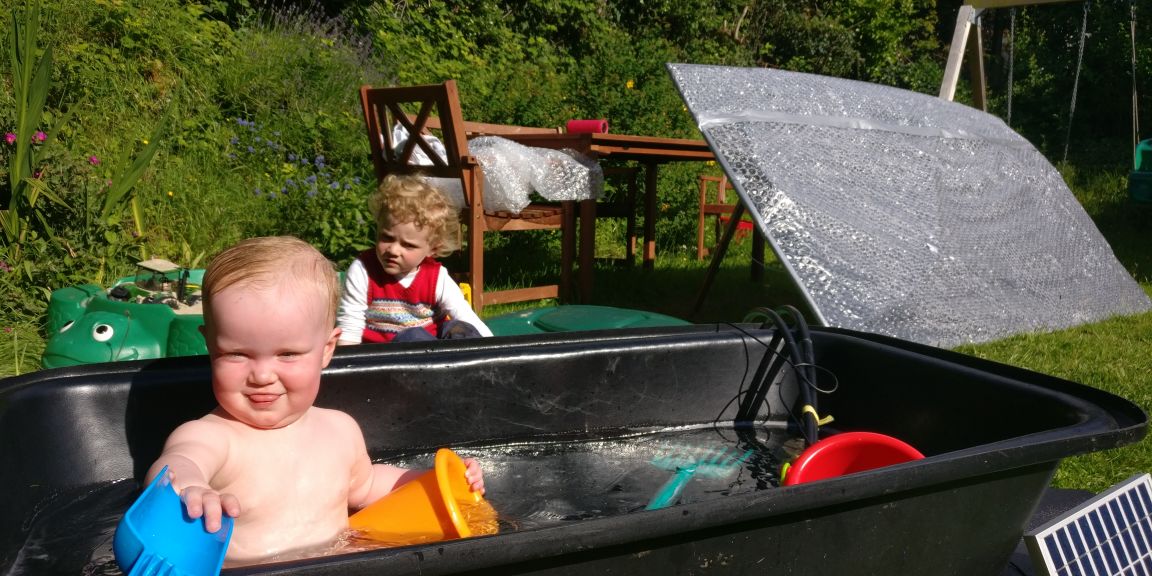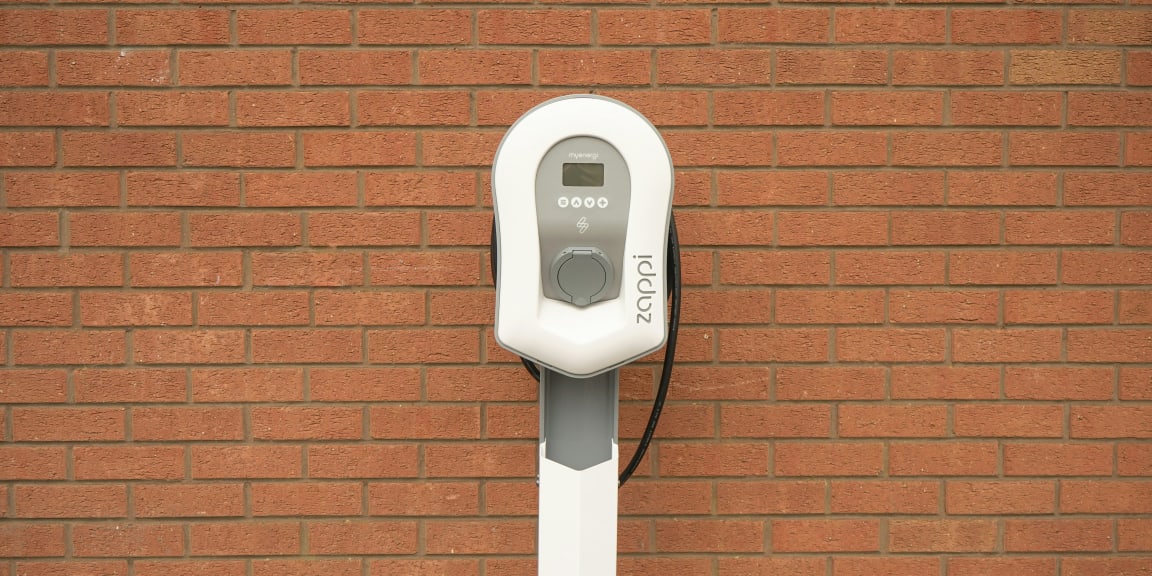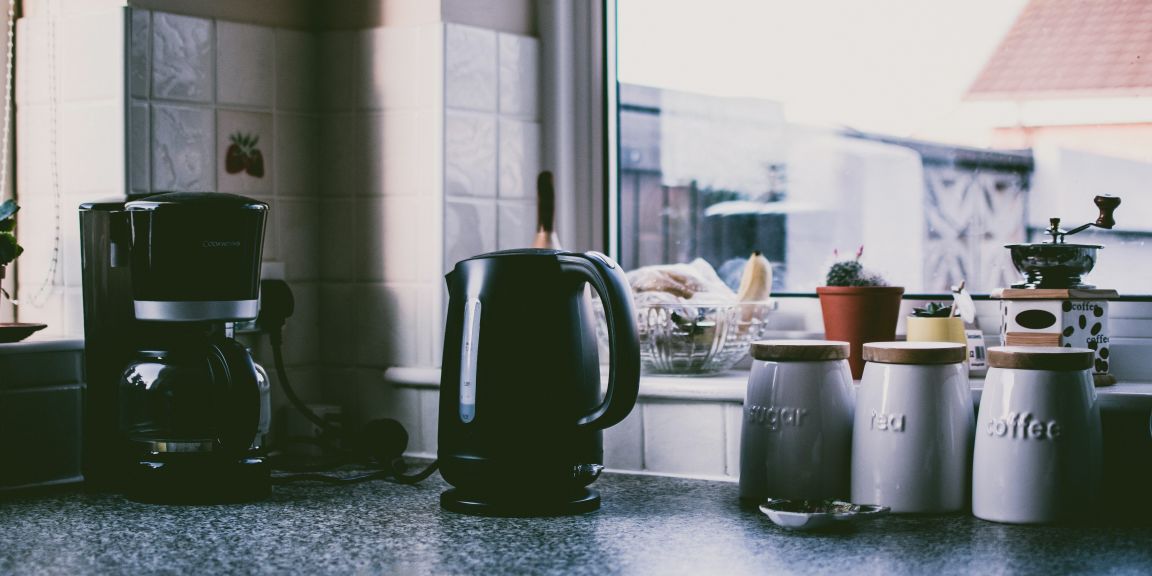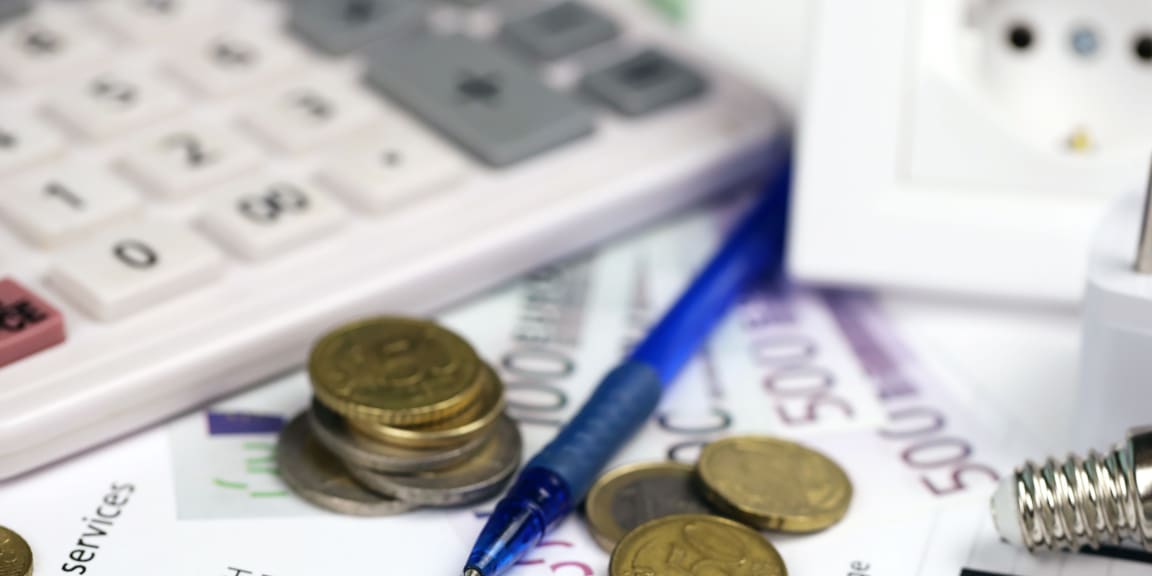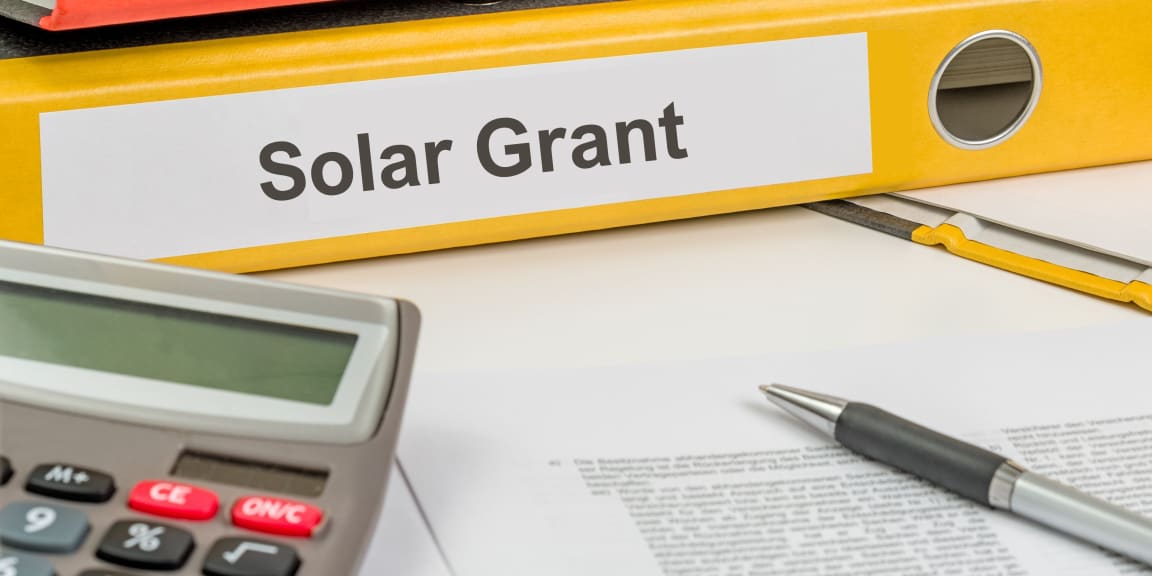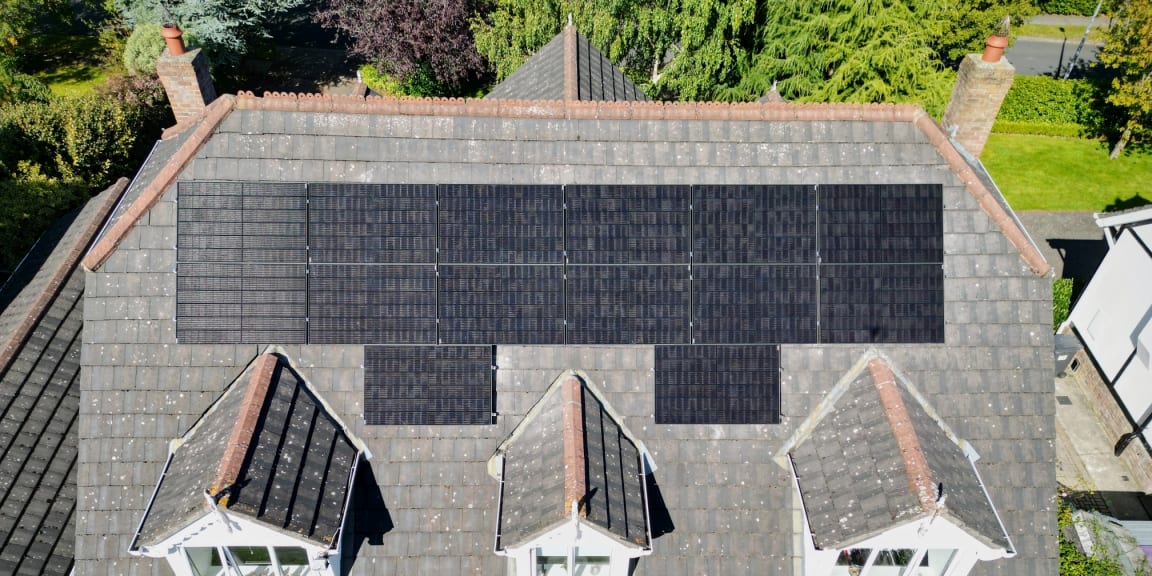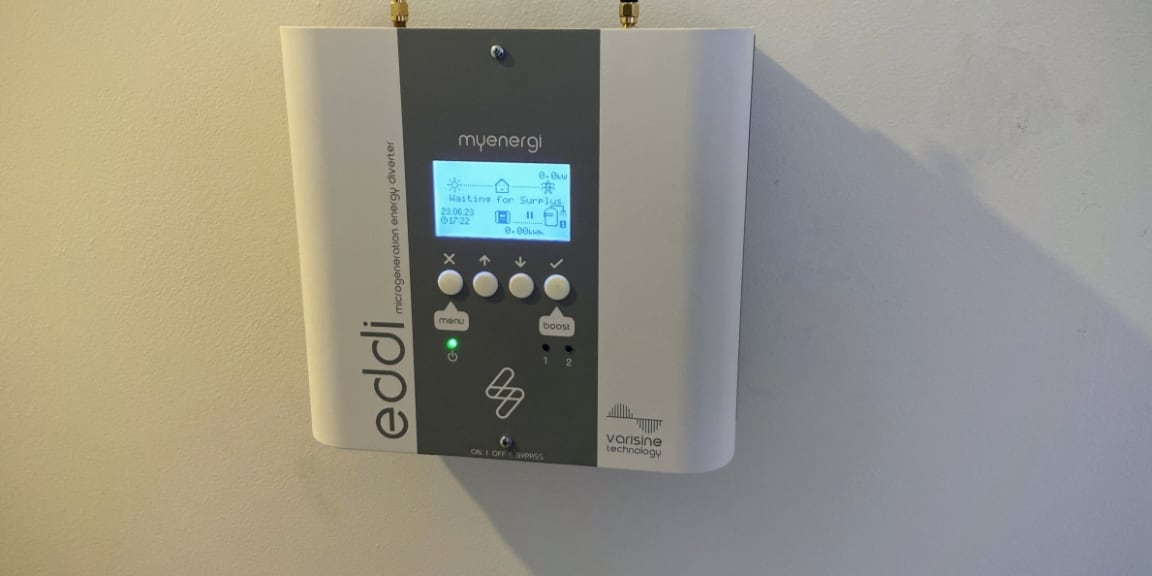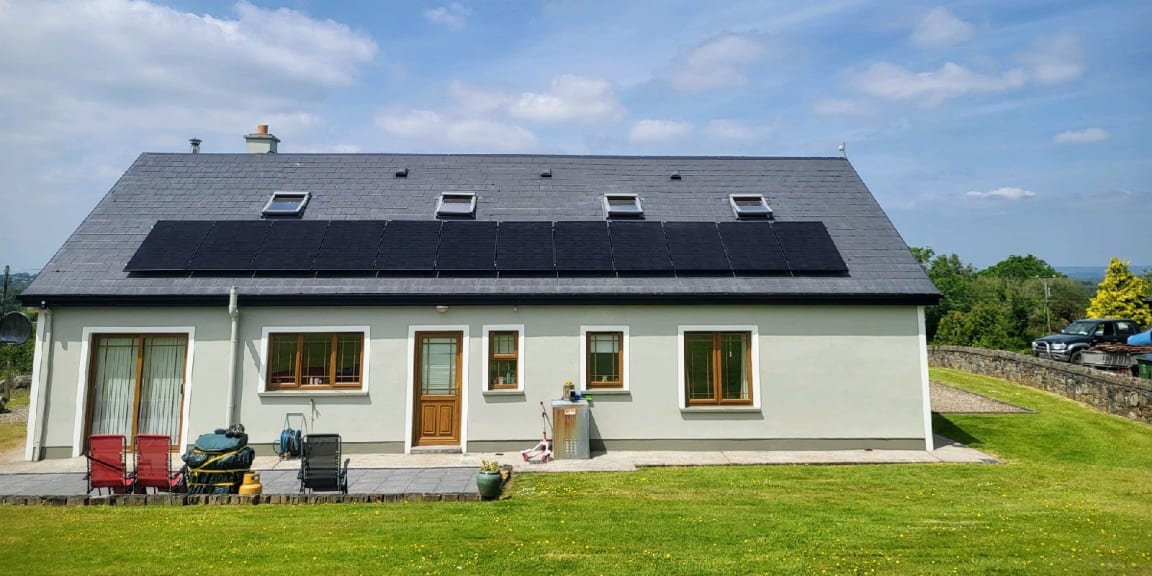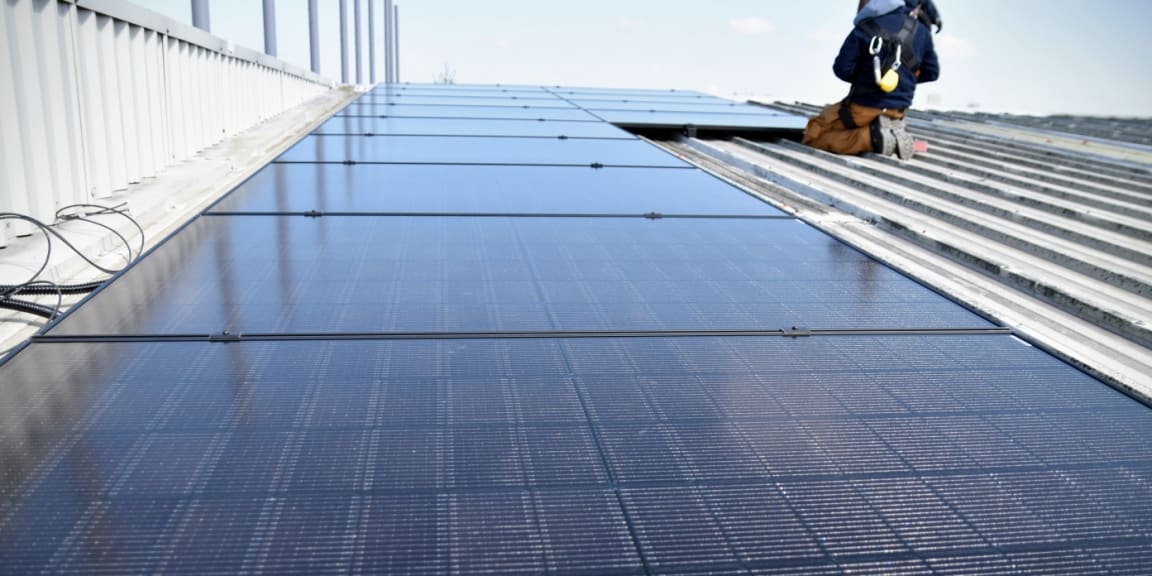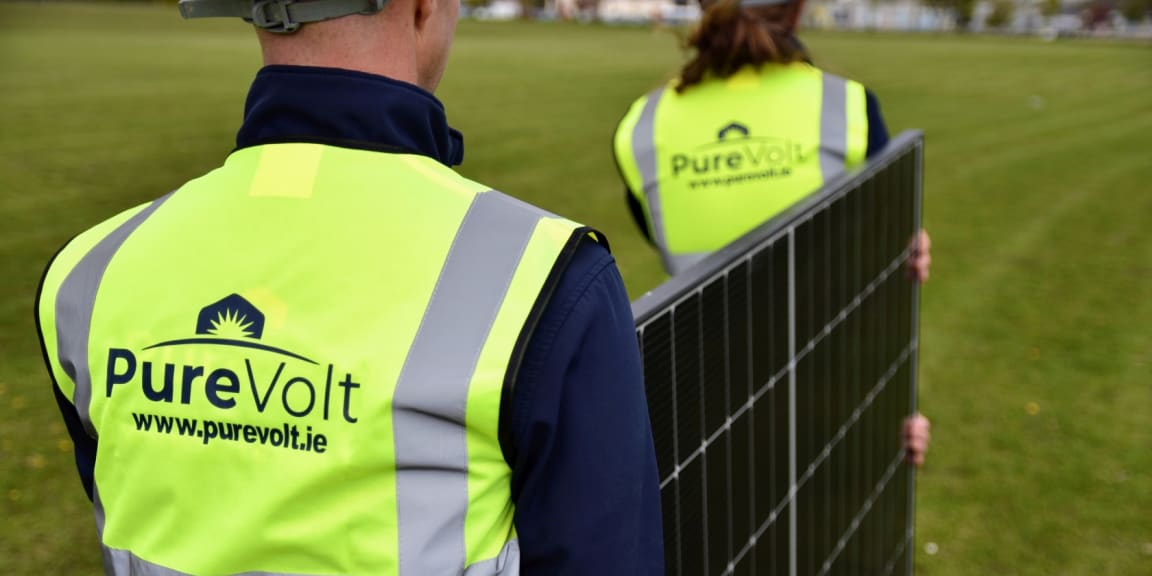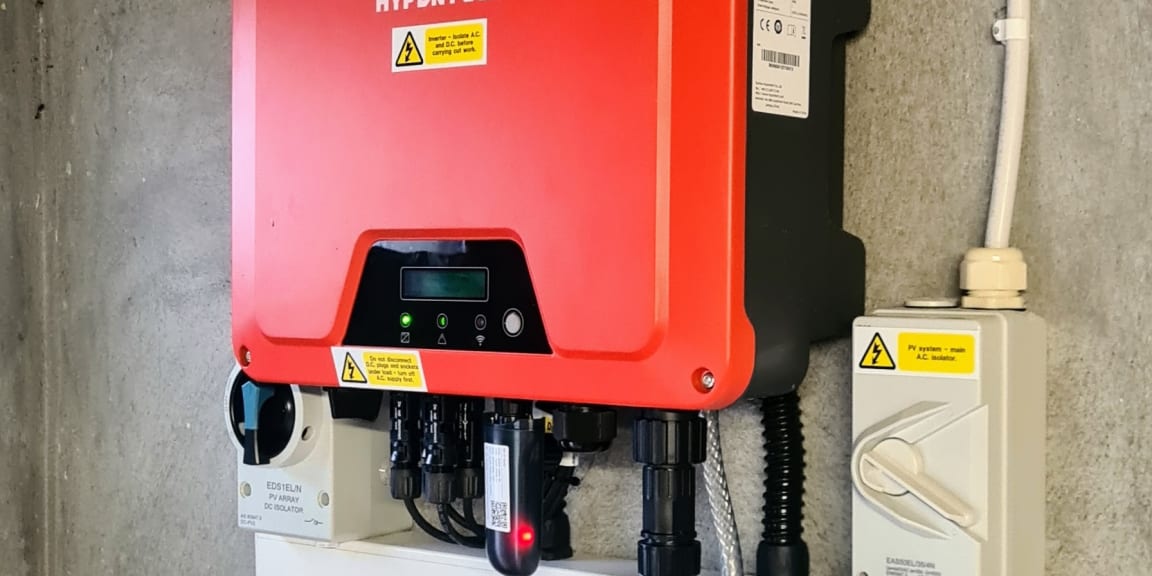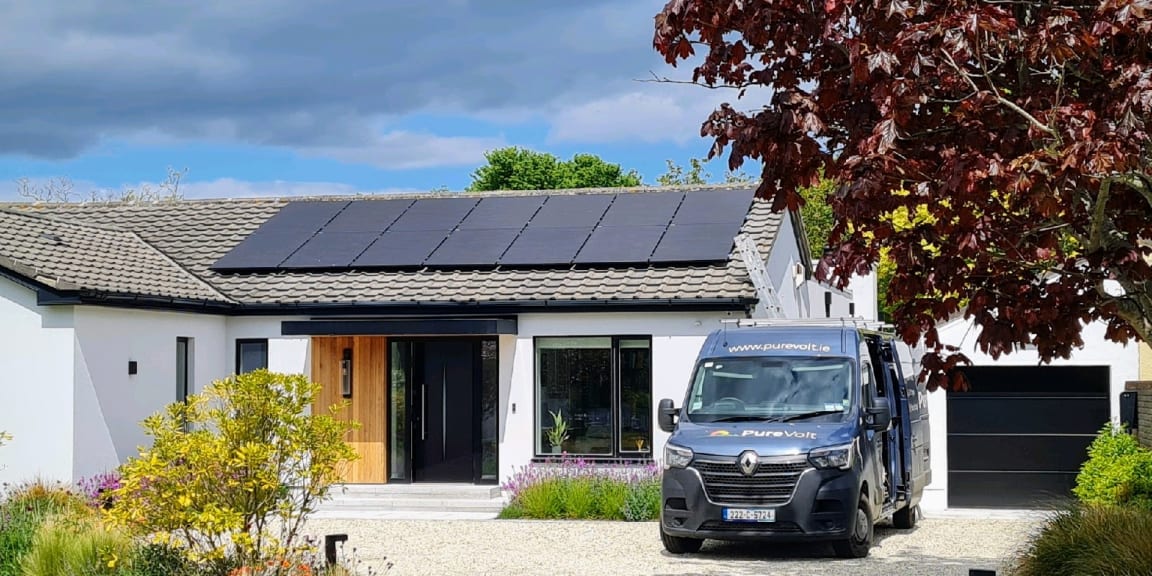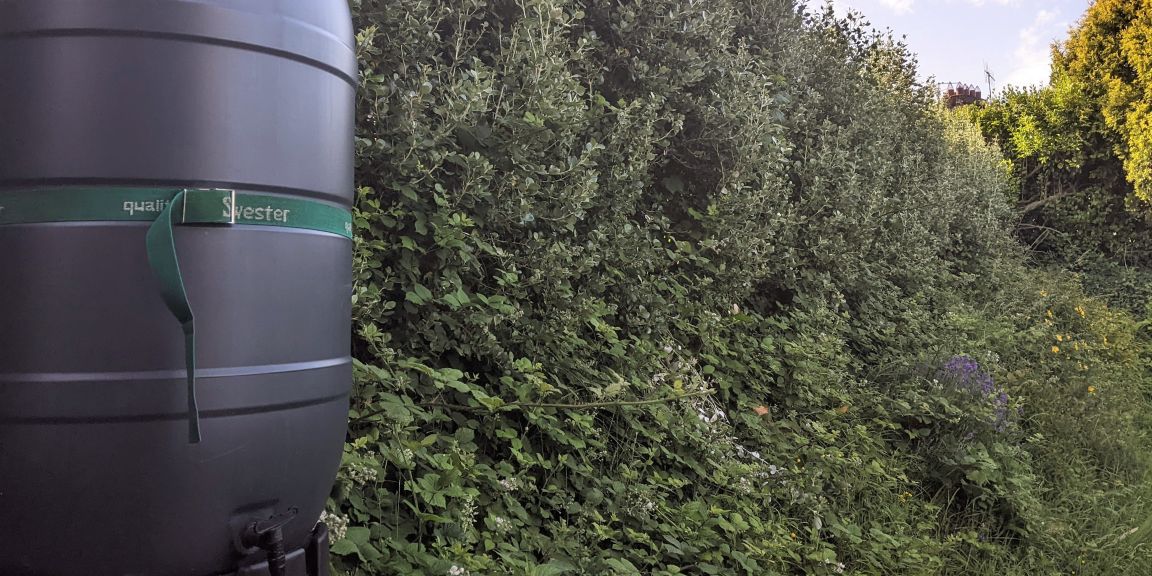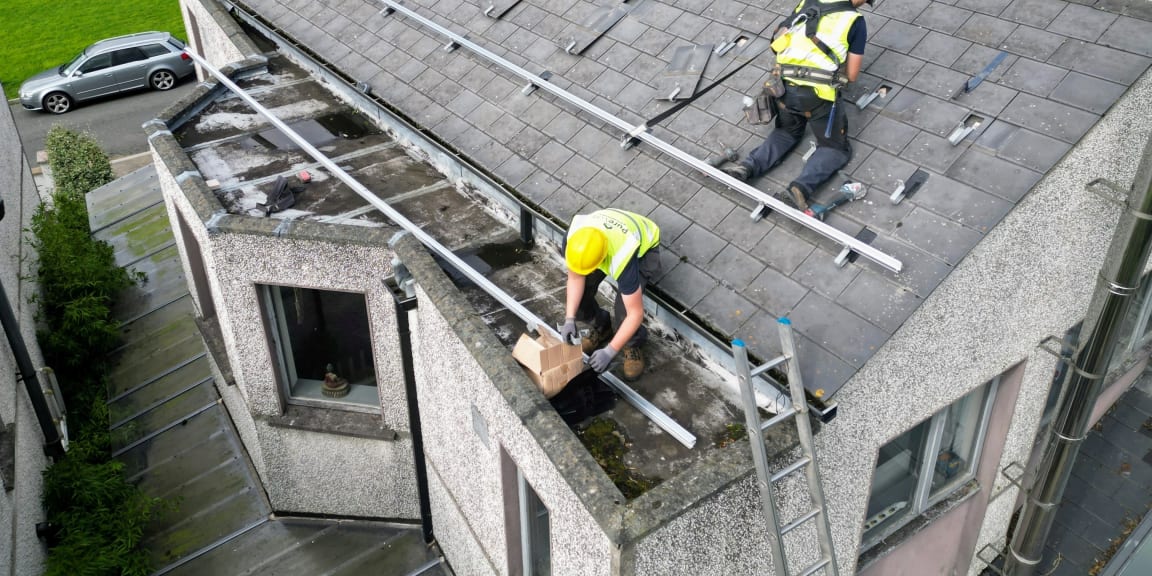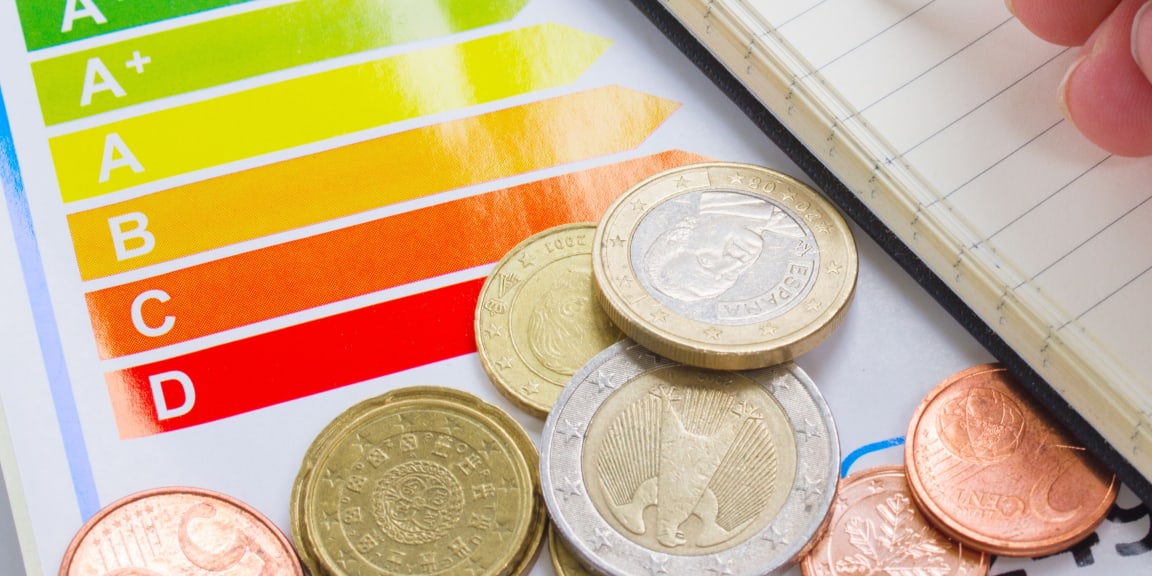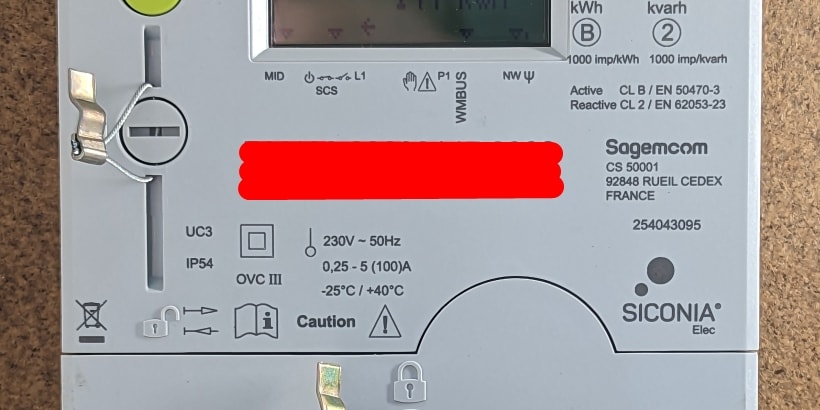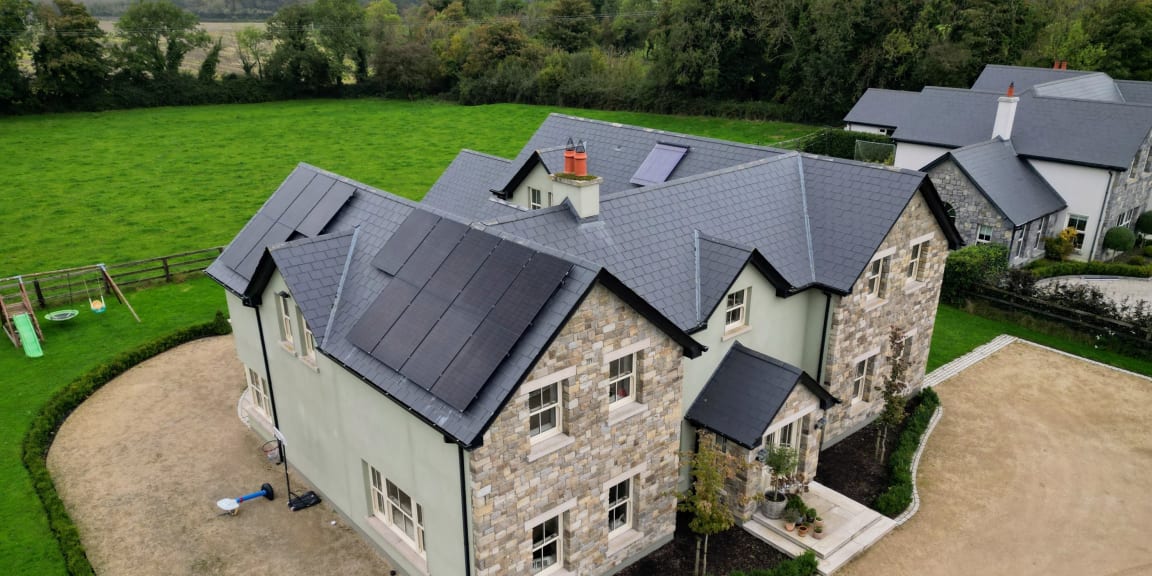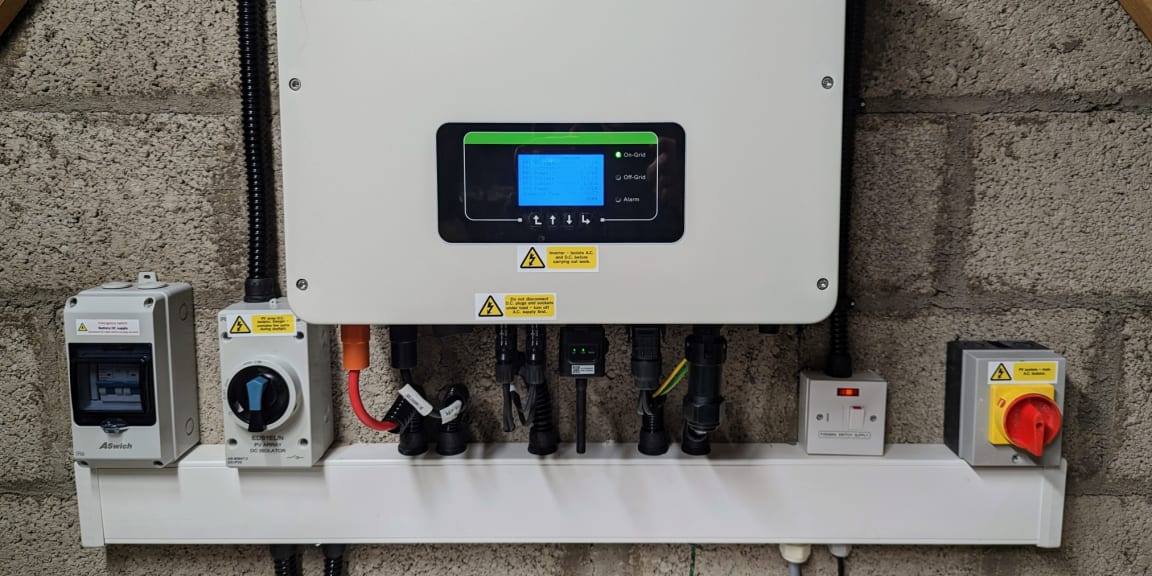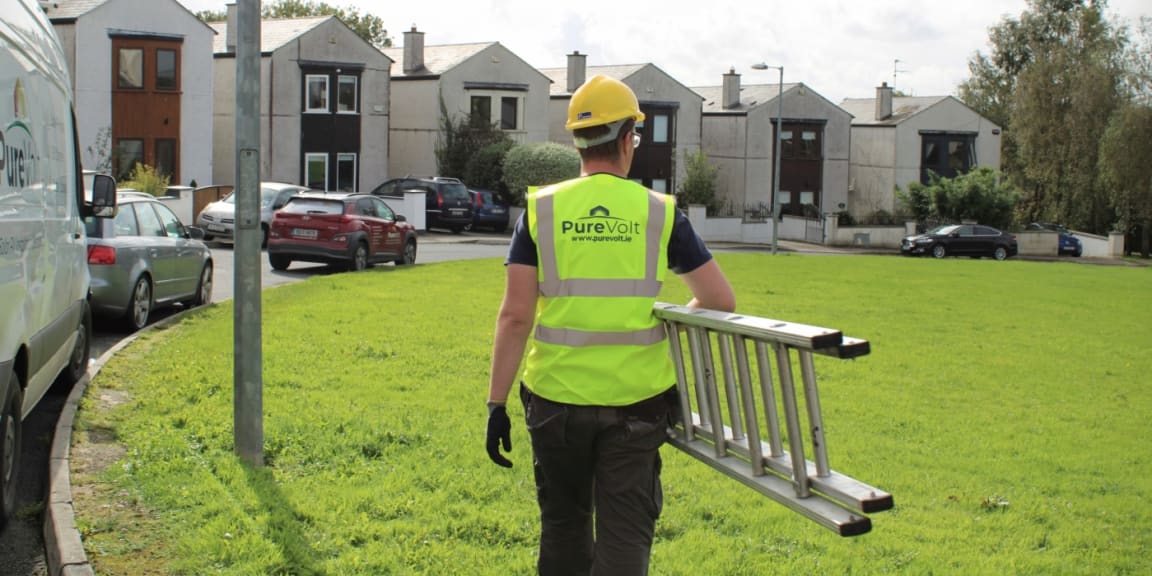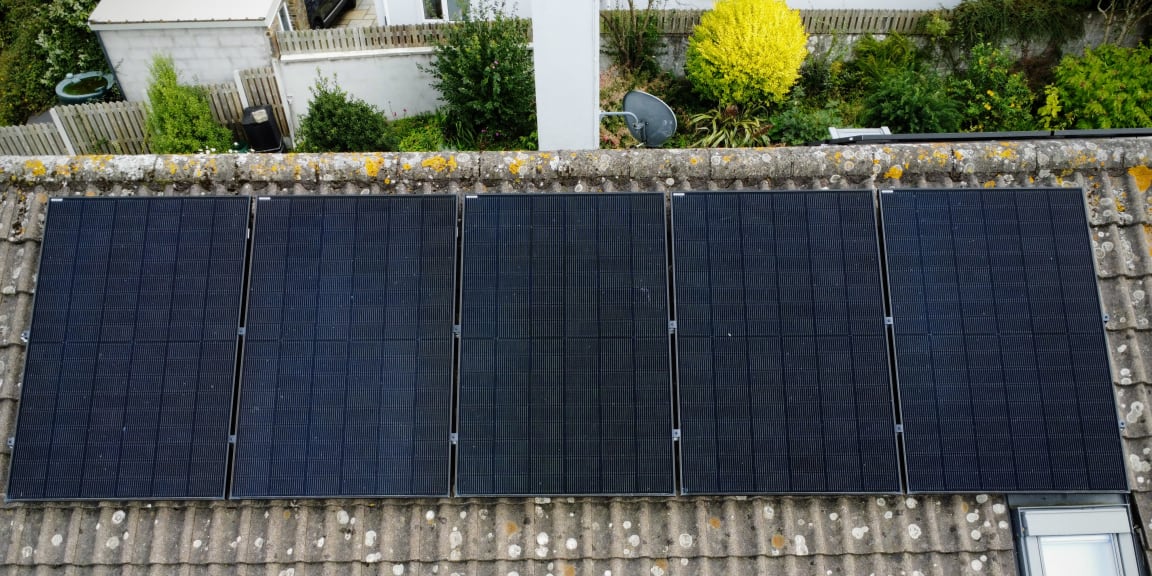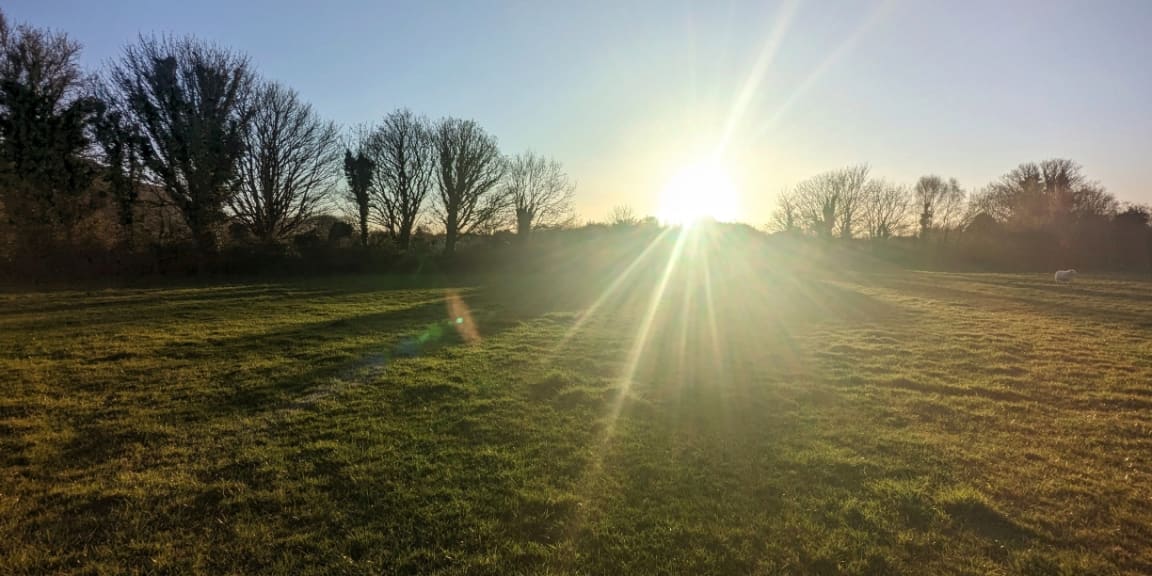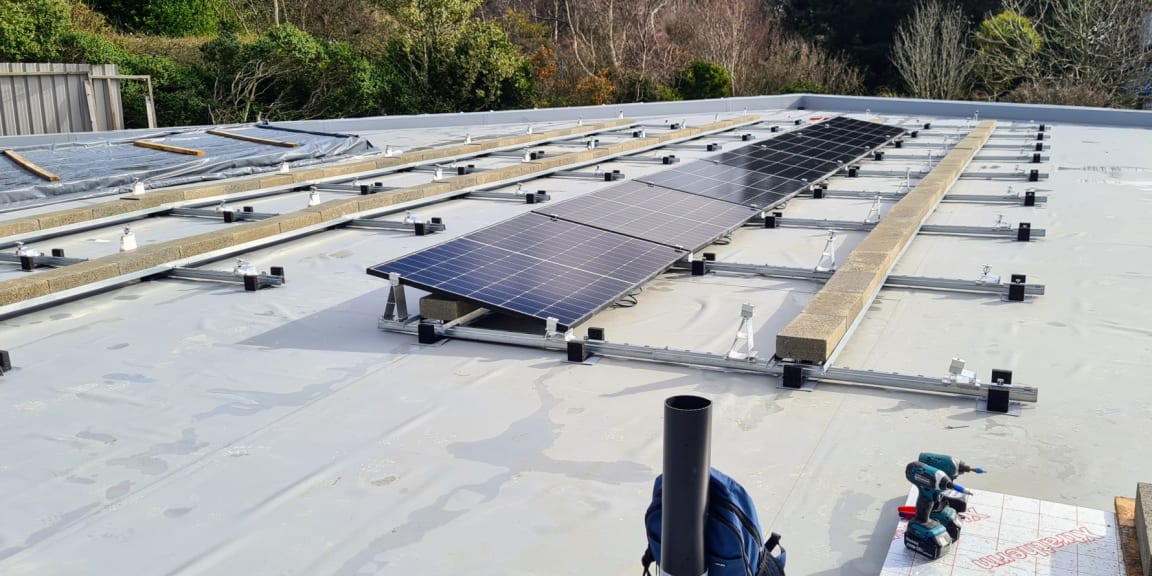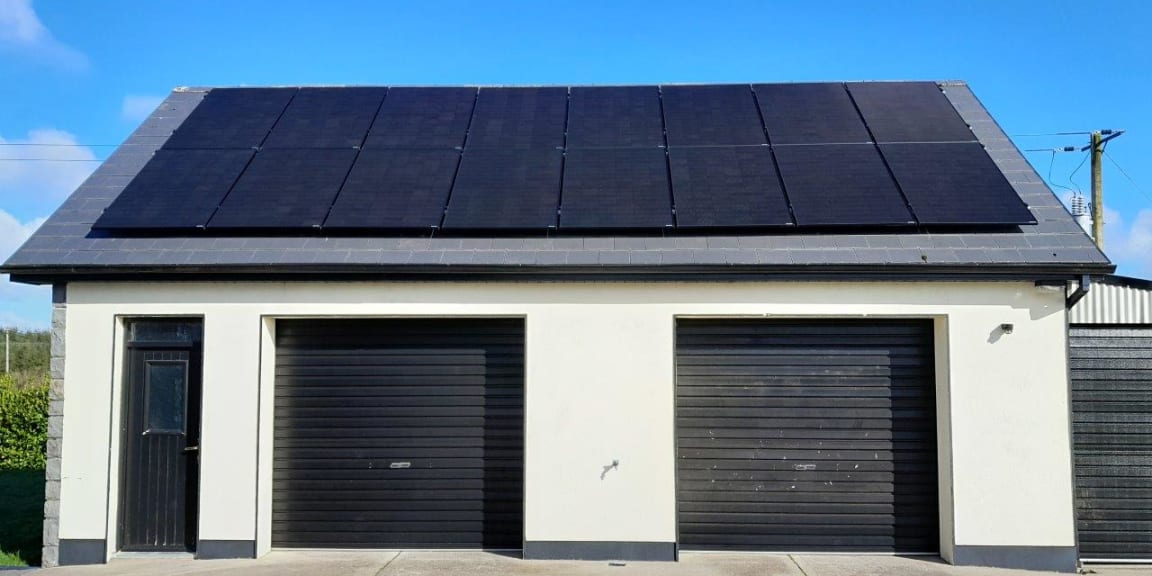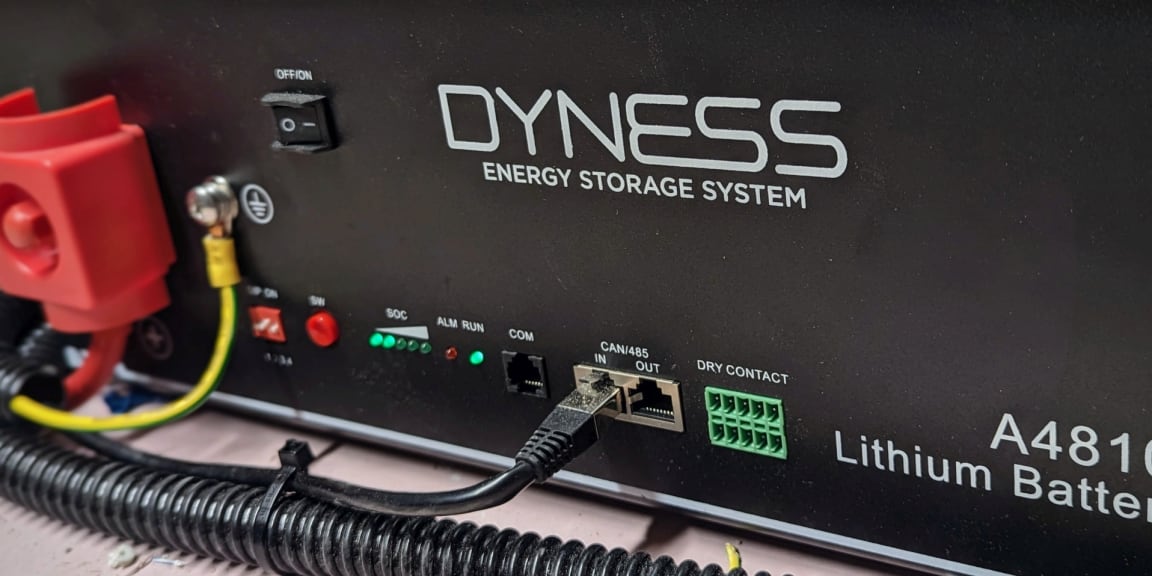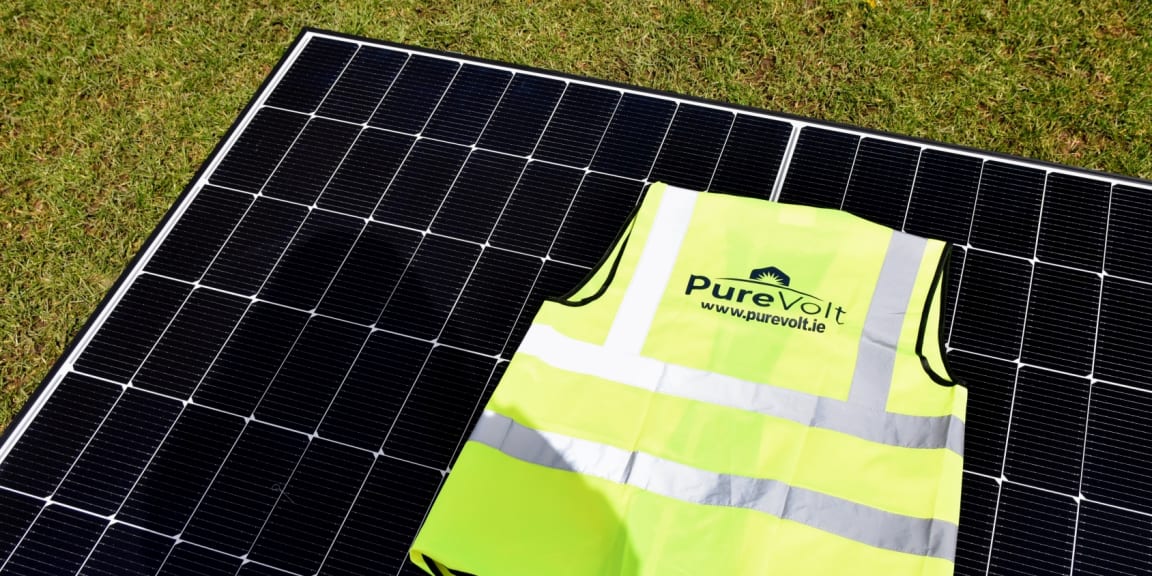Solar Thermal vs Solar PV
Introduction
There are two types of solar-generated power - solar thermal and solar PV (Photovoltaic).
Solar Thermal - Creates Hot Water
Solar thermal panels make hot water. This is the original type of solar panels. The often look like a row of tubes, or an old fashioned radiator.
Solar PV (PhotoVoltaic) - Creates Electricity
Solar PV panels make electricity. These are the newer type of panels, and are flat and you can often see the thin metal wires like a grid across them.
Solar PV has supplanted solar thermal, and the vast majority of solar panel installations for homes are solar PV these days (and for the record we only offer solar PV installations ourselves). That said, solar thermal absolutely still has a place in things like nursing homes, but most household settings opt for solar PV.
The Two Crucial Differences
Electricity is never wasted
The main advantage of PV solar panels is that the electricity they generate is never wasted. Even if you are out for the day and cannot use it directly, you can store it in a storage battery. Likewise overflow can charge an electric car battery, you can sell it back to the grid, or even heat your hot water tank.
Solar thermal only makes hot water. Once your hot water tank is hot, then the panels shut down and there's nothing else they can do for you.
Maintenance
Solar PV is also very low maintenance - for example panels often come with warranties lasting between 15 and 30 years. A solar PV system has no moving parts, which means almost no maintenance.
Solar thermal is like a heating system, it needs pumps, valves, expansion vessels etc. These moving parts need servicing and replacing from time to time.
Is solar thermal ever the best option?
Yes. Solar thermal absolutely has it's place, though less often for houses.
Thermal solar panels are useful in settings where you know that hot water will always be used, and in large volumes. They are very efficient at producing hot water. Indeed they capture a much larger proportion of the sun's energy than PV solar panels.
For example, nursing homes and certain industrial / business locations that use lots of hot water could benefit from a solar thermal installation.
Yes, you can use the electricity generated by a PV solar panel to heat water, but that's nowhere near as efficient for making hot water as a solar thermal panel that heats the water directly. You would need a PV solar panel roughly 3 times the size to make the same amount of hot water as a thermal solar panel.
So any setting where the end game is lots of hot water, and you know it'll always get used, then solar thermal could be well worth considering. Otherwise for most settings solar PV is likely the best option.
The Pros of Solar Thermal
Savings on immersion costs - According to the SEAI website, solar thermal systems can provide up to 60% of your annual hot water requirements. This reduces your reliance on immersion water heaters, which contribute significantly to your electricity cost.
Cheaper to install than solar PV - Solar thermal are about 50% cheaper per square meter to install than solar PV systems. So if you would like to hop on the "green" train without breaking the bank, this could be your best option.
Solar thermal systems can be integrated with your central heating system - Another factor contributing significantly to your annual electricity bill is heating your home, especially during those cold winter months. There is the option of integrating a solar thermal system with your central heating system. However, this makes the installation more expensive.
Super efficient – Solar thermal systems are highly efficient at converting the sun's energy into heat compared to the efficiency of solar PV systems. It is estimated that solar thermals are up to 70% efficient.
Take up less roof space than solar PV – Due to their efficiency at converting the sun's energy into heat, the installation requires less space on your roof than would be required for a solar PV system.
The Cons of Solar Thermal
Significant plumbing - One of the downsides of solar thermal installations is they require a substantial amount of plumbing during the installation process.
Requires a water pump
You may have to change to a different water tank – Solar thermal systems require a dual cylinder water tank. If you do not already have a dual cylinder water tank, you need to install one. This will push up the cost of your installation.
Less effective in winter months – It is a lot colder during the winter months, making the installation less effective. This means that you need a supplementary energy source to heat your water to the desired temperature. Unfortunately, this requires switching back to fossil fuel sources with a large carbon footprint. In addition, if your system is integrated with your central heating system, the reduced effectiveness during the winter means your savings during the winter months are significantly reduced. In fact, it may not be worth the trouble to integrate with your central heating system at all.
Shorter lifespan than solar PV panels – Some report that solar thermal systems can last up to 25 years. However, warranties only last 5 – 10-years. This is significantly smaller than those offered with solar PV installations, which last about 25 years.
Higher maintenance costs – The heat transfer fluid in solar thermal installations need to be replaced every 5 – 7 year. Also, as there is significant plumbing associated with solar thermal installations, more can go wrong in terms of leaks and the necessity to replace water pumps.
Smaller grants available – Compared to grants available for solar PV systems, the Solar Thermal grant is half at €1,200.
The Pros of Solar PV
More long-term financial savings - Right from the start, solar PV installations significantly reduce your annual electricity bill. Then, once you pass your payback period, all solar electricity generated is completely free. To find out more on solar payback periods, see our guide to solar PV prices and payback.
You can heat your water too - Just like solar thermal systems, there is the possibility of heating your water by installing a diverter. This then channels your electricity directly to your water tank. The great thing about this is it does not require any additional plumbing, unlike a solar thermal system.
You can charge your electric car battery - An electric car battery charging system can be integrated into your solar PV system. This perk allows you to divert excess generated electricity to your car battery charger, which means you are not charging from the grid during these times.
Long lifespan - Solar PV systems have a very long life. Many systems can produce a significant portion of your electricity requirements for roughly 25 - 30 years. Even after that, they still produce electricity. It is just that their efficiency starts to decline to a point at which they may need replacing.
Lower maintenance - Solar PV systems are built to last and require very little maintenance over their lifetime.
Efficient all year round - Installed systems are designed to produce the major portion of your electricity requirements. They even generate electricity during those darker and overcast winter months. However, their most significant output is during those sunnier days during the summer.
Store surplus in battery - There will be times when your solar PV system generates more electricity than you consume. During these times, you can divert excess generated electricity to a battery that you can store for use when your electricity usage is more significant than what you are consuming.
Earn income on surplus. Since February 2022, you will get paid for all excess electricity you generate, which you send back to the grid. If you would like to find out more about this payment, you can read our article about it here.
Grants of up to €2,100 are available - For those who have not previously received funding for installing a solar PV system, a grant of up to €2,100 is available towards the cost of your installation. The amount of grant you receive will depend on the size of your installation. Find out more about the solar PV grant here.
The Cons of Solar PV
Less efficient - Solar PV systems are less efficient at converting available solar energy into electricity when compared to solar thermal systems that convert solar energy into heat. The efficiency of solar panels is roughly 20% - 22% (i.e. that 20% - 22% of the sun's energy that hits the panel is turned into electricity). This is significantly lower than solar thermal systems, which can be up to 70% efficient.
Takes up more roof space - A consequence of solar panels' lower efficiency is that more solar panels are required in your installation to generate the required amount of electricity. This means they take up more roof space than a Solar Thermal system.
More upfront investment - The initial upfront investment for solar PV installation is not insignificant. Consequently, it may prove to be a barrier to some. However, significant savings are to be made after the payback period for those who can afford the initial upfront investment.
Longer payback period - Due to the more significant upfront investment and lower efficiency of solar panels, there is a more extended payback period compared to solar thermal systems. However, the benefits are more significant with solar PV over the longer term.
Not all properties are suitable for solar PV - Many homes in Ireland are ideal for solar PV installations, but not all. Suitability depends on several factors, such as your current energy costs, when you use your energy and the age and condition of your house. Other factors include the construction of your roof, the orientation of the building, the pitch of the roof, and any local shading effects from trees or adjacent structures. All of these things are examined in conjunction with one another to assess overall suitability.
If you are considering installing a solar energy system in your home, the type of solar energy you choose will depend on your individual situation, and there are many things to factor in. Solar energy is one of the cleanest, cheapest and most plentiful sources of power on the planet. You may be a climate-conscious individual who would like to minimise your carbon footprint to help the environment. Or, you may simply want to future-proof your home against rising energy costs. But either way, solar energy can provide your home with a cost-effective, environmentally friendly energy solution.
